The Eastern Portal of the North Transept at Chartres
Extraits
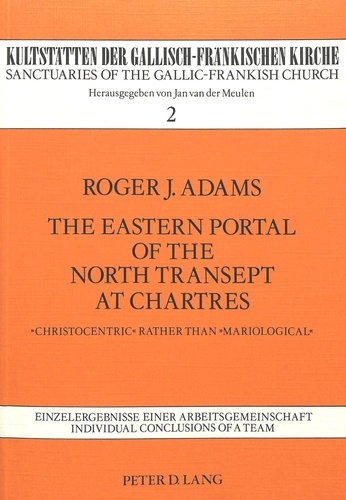
Beaux arts
The Eastern Portal of the North Transept at Chartres
12/1982

Beaux arts
Eastern blocks. Concrete Landscapes of the Former Eastern Bloc
04/2019
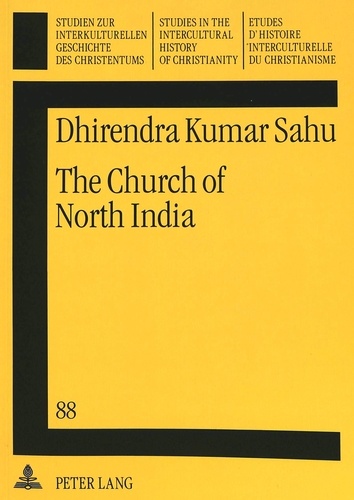
Non classé
The Church of North India
04/1994

Tourisme étranger
Moroccan tracks Volume 11. The sagho djebel
08/2022
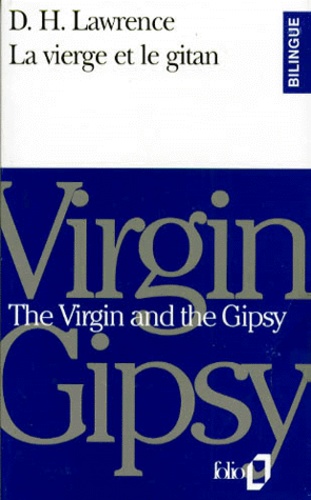
Anglais apprentissage
LA VIERGE ET LE GITAN : THE VIRGIN AND THE GIPSY
02/1993

Lecture 6-9 ans
L'énigme du sabre. Edition bilingue français-anglais
06/2018
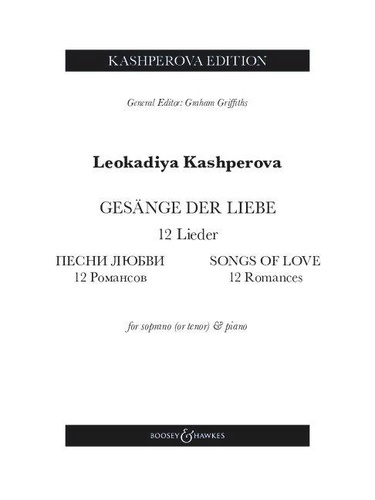
Musique classique
Songs of Love. 12 Romances. 12 Lieder. Soprano (tenor) and piano.
12/2023

Non classé
The Anglo-Welsh Dialects of North Wales
06/1991

Histoire et Philosophiesophie
The Undergrowth of Science. Delusion, self-deception and human frailty
01/2000
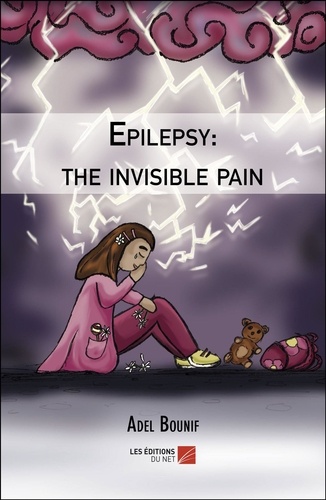
Poésie
Epilepsy: the invisible pain
01/2019
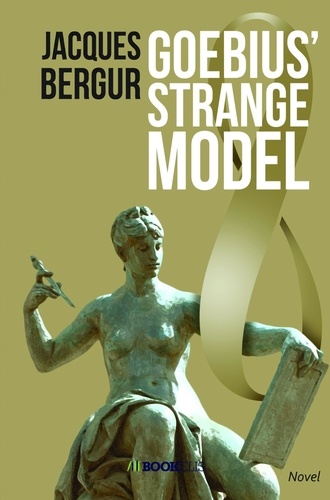
Policiers
Goebius' Strange Model
01/2020
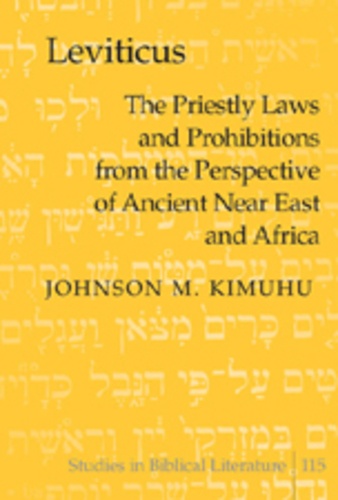
Religion
Leviticus
02/2008
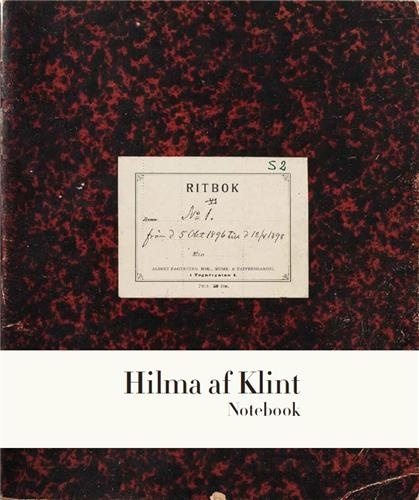
Monographies
Hilma af Klint. The Five Notebook 1
01/2022
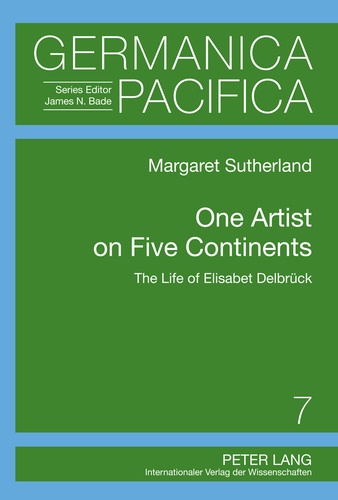
Histoire internationale
One Artist on Five Continents
12/2011

Histoire et Philosophiesophie
Thinking about Physics
01/2000
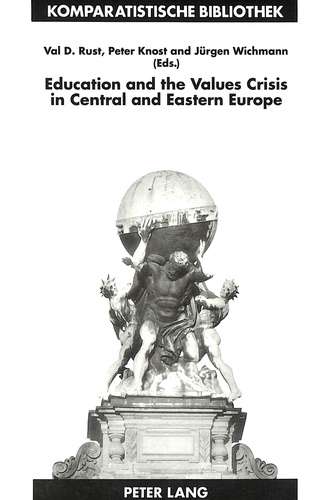
Non classé
Education and the Values Crisis in Central and Eastern Europe
05/1994

Critique littéraire
Ancient Greek by Its Translators
02/2022
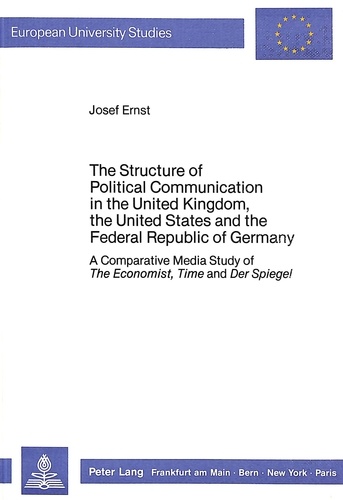
Sciences politiques
The Structure of Political Communication in the United Kingdom, the United States and the Federal Republic of Germany
11/1987

Sciences politiques
Scripture and Midrash in Judaism
03/1994
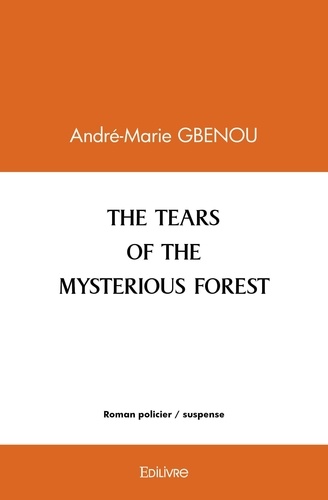
Romans policiers
The tears of the mysterious forest
12/2021
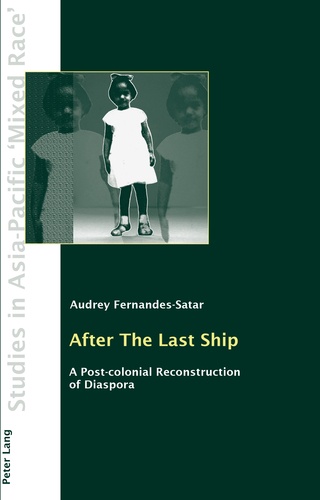
Histoire internationale
After The Last Ship
04/2014

Sociologie
Communicating Hope and Resilience Across the Lifespan
03/2015
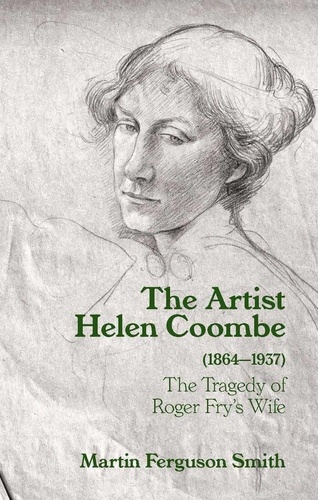
Mouvements artistiques
The Artist Helen Coombe (1864–1937). The Tragedy of Roger Fry's Wife
11/2023
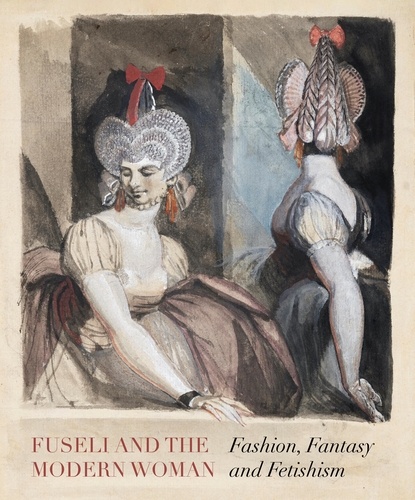
Monographies
Fuseli and the Modern Woman. Fashion, Fantasy, Fetishism
12/2022
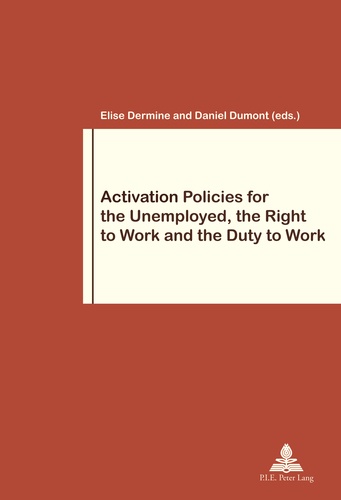
Droit
Activation Policies for the Unemployed, the Right to Work and the Duty to Work
06/1987
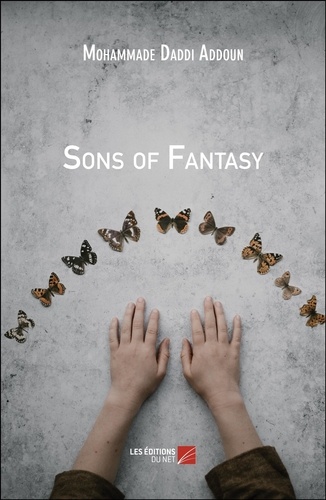
Littérature française
Sons of Fantasy
08/2018

Lectures graduées
Death of a Salesman
08/2021
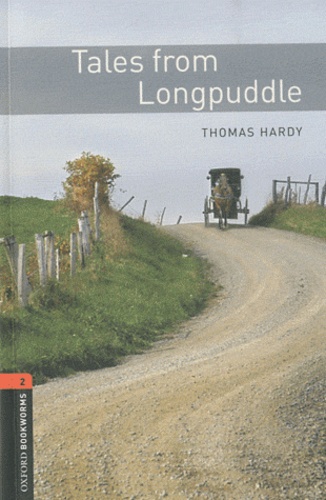
Anglais apprentissage
Tales from Longpuddle
07/2010
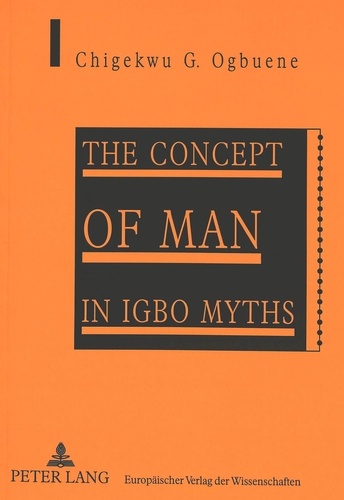
Non classé
The Concept of Man in Igbo Myths
11/1999
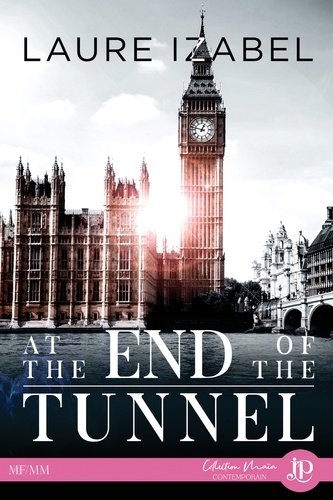
Romance sexy
At the end of the tunnel
08/2021

